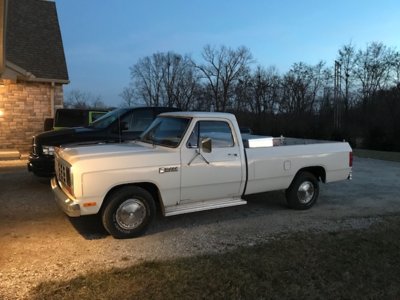- Local time
- 2:51 AM
- Joined
- Mar 10, 2010
- Messages
- 29,545
- Reaction score
- 51,027
- Location
- Hanover, Pennslyvania
Bench bleeding a MC you want to slowly bottom out the piston each stroke until there's no air. Then plug the ports before installing it back on the car.
Bleeding the system you start with the furthest bleeder from the MC first. Right rear then left rear then right front and left front.
If someone is helping you, they need to pump the pedal a few times and then hold pressure on it until you open the bleeded. Then only after you close the bleeder are they to let up on the pedal.
Doing it by yourself, you can use a bottle with some brake fluid in it. Attach a hose to the bleeder and submerge it in the fluid. Make sure it stays submerged and open the bleeder. Slowly pump the pedal and go all the way to the floor with it to clear the line and wheel cylinder or caliper. Then tighten the bleeder. Check you reservoir often. If it gets low and sucks air, you have to start all over again.
Your caliper bleeders are on top and not on the bottom? I've heard of some of these conversions that the caliper bleeder ends up on the bottom and you won't get the air out. You can remove the caliper in this situation and place something in it to take up the missing pads. Then holding it with the bleeder on top bleed the air out.
Bleeding the system you start with the furthest bleeder from the MC first. Right rear then left rear then right front and left front.
If someone is helping you, they need to pump the pedal a few times and then hold pressure on it until you open the bleeded. Then only after you close the bleeder are they to let up on the pedal.
Doing it by yourself, you can use a bottle with some brake fluid in it. Attach a hose to the bleeder and submerge it in the fluid. Make sure it stays submerged and open the bleeder. Slowly pump the pedal and go all the way to the floor with it to clear the line and wheel cylinder or caliper. Then tighten the bleeder. Check you reservoir often. If it gets low and sucks air, you have to start all over again.
Your caliper bleeders are on top and not on the bottom? I've heard of some of these conversions that the caliper bleeder ends up on the bottom and you won't get the air out. You can remove the caliper in this situation and place something in it to take up the missing pads. Then holding it with the bleeder on top bleed the air out.
Last edited:

















